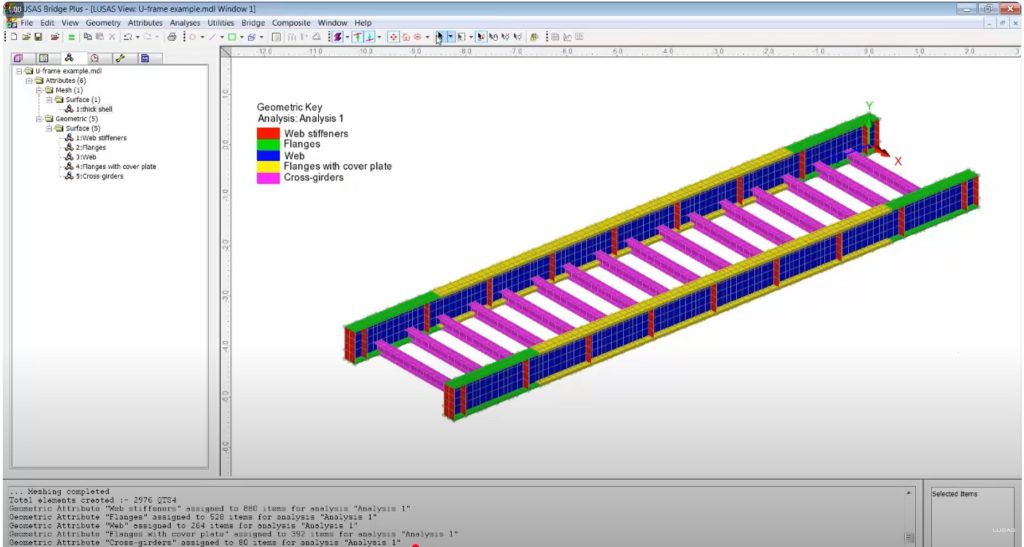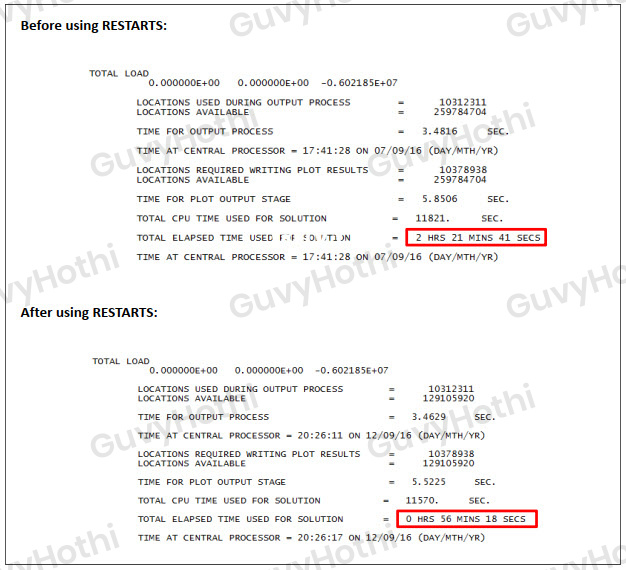
In one of my recent bridge assessment projects, I ran into some serious inefficiency.
As part of a Level 2 Finite Element Analysis (FEA), I needed to run over 10 different analysis scenarios. Each scenario included four load cases (LCs):
- LC1: Dead and superimposed dead load (linear)
- LC2: “Birth” of strengthening works (non-linear)
- LC3: Combined LC1 and LC2 (linear)
- LC4: Live load (non-linear and unique to each scenario)

The problem was that LC1 to LC3 were exactly the same in every single scenario. Only LC4 changed. But the software I was using (LUSAS) was forcing me to re-run LC1 to LC3 each time before I could run LC4.
This meant that each of the 10 full analysis took about 2.5 hours, with 1.5 hours spent re-running the same first 3 steps over and over, just so I could run the last different load case.
Run the Common Load Cases Just Once
I thought, why not run LC1–3 once, save that point, and then branch off each LC4 from there?
Basically, create some sort of Base Analysis for the shared cases (LC1-3), and then have each LC4 scenario pick up from that point, kind of like the below:

I asked several different people quite experienced in LUSAS but was told it wasn’t possible as there’s no such feature.
The Breakthrough: A Hidden Gem Called RESTART
Still not satisfied, I contacted LUSAS directly and after spending a bit of time talking to them, I learned about something called the RESTART function. It was originally made for recovering unfinished analyses from a backup file that saved all model properties (like stresses and deformations) after a load case finishes in case the software crashed before it could complete.
Although not intended for my use case, with a bit of help from the LUSAS team and a bit of manual hacking the analysis files to:
- Run LC1–3 once and save the results.
- Restart each scenario at LC4 using the saved state.
It worked!
The Result

Using RESTARTs, I cut each analysis from 2.5 hours to just 1 hour, which is nearly a 60% time saving.
Apparently RESTARTs haven’t been used for this purpose before (according to the support team I was liaising with), so just putting this out there as I’m guessing it will be useful to a lot of other engineers. On large projects with a lot of different scenarios and multiple reruns, I’m guessing this could shave off a lot of time and waiting around.
TL;DR:
If you use LUSAS and are tired of re-running identical load cases, dig into the RESTART function. It could save you hours—and your sanity.

